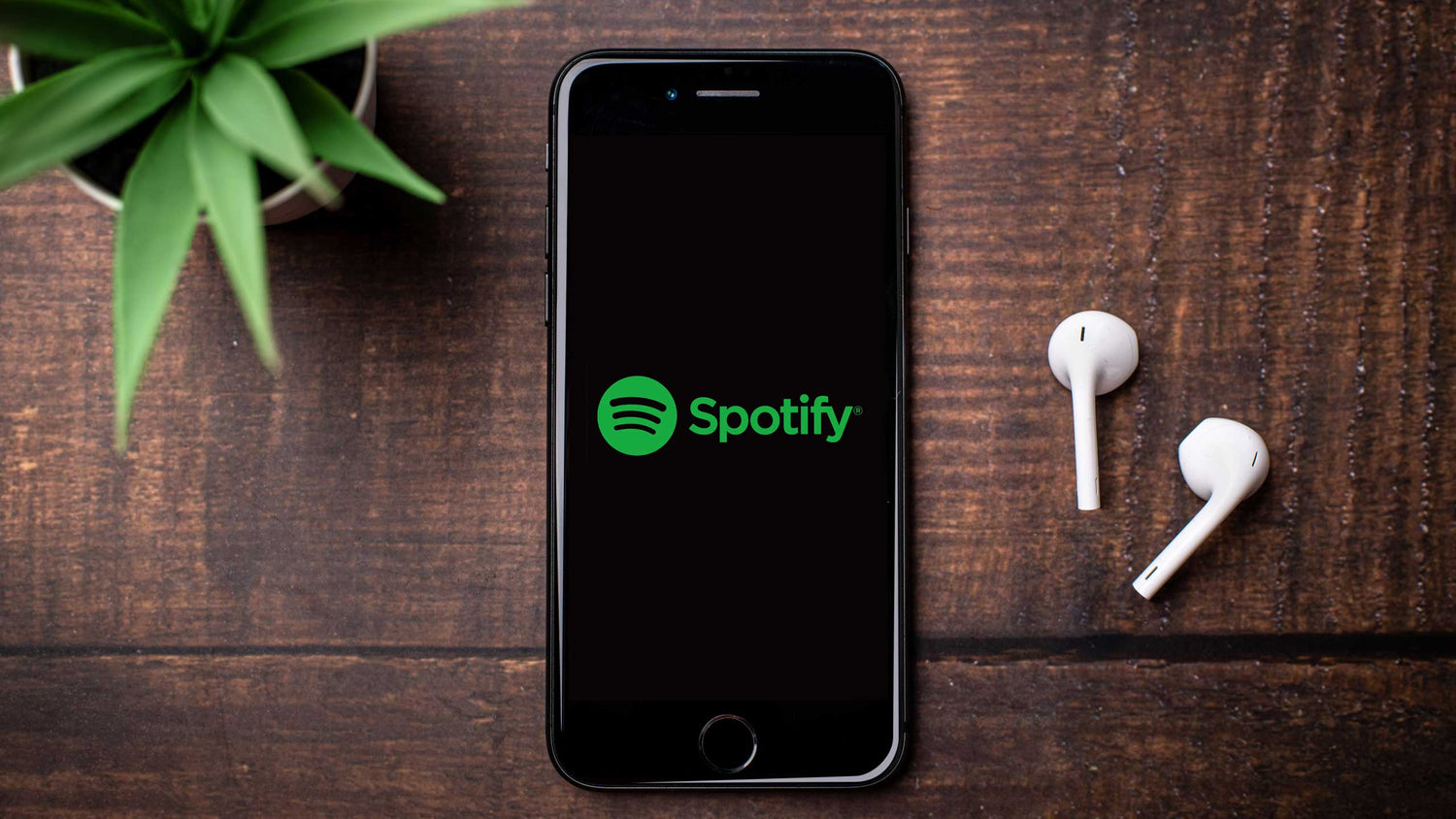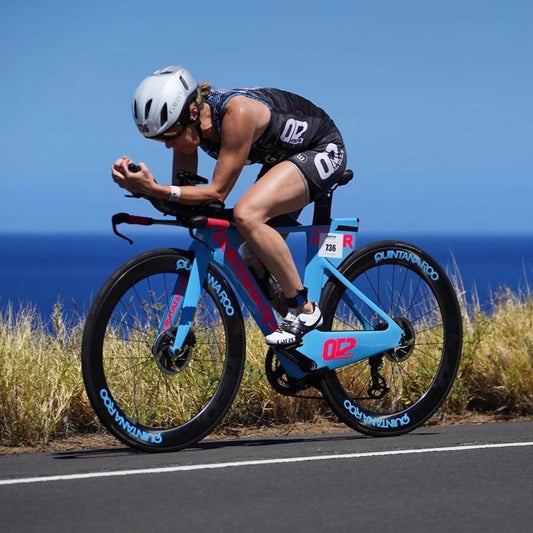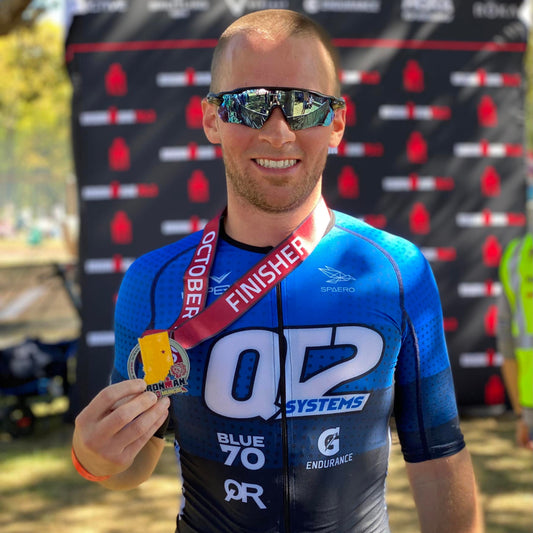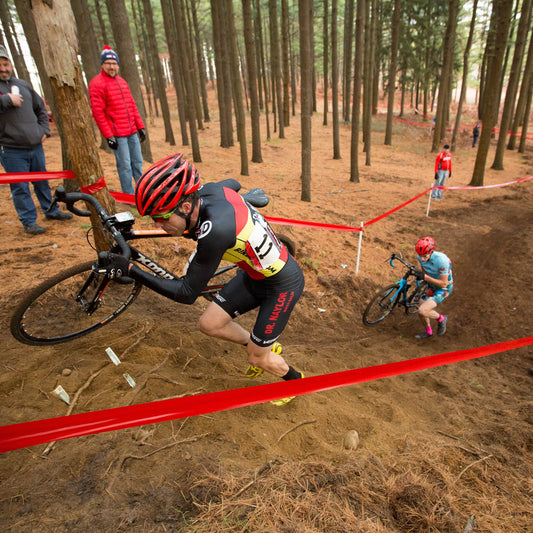
This article was written by Steve Magness, and posted on The Growth Education website, HERE.
“How do you negotiate with your self. That’s the biggest thing.” — Kobe Bryant.
When one of history’s greatest basketball players tells us about the power of navigating your inner world, we should listen. We all intuitively know this. We all have doubts and insecurities. We all experience a voice that tells us to throw in the towel, to slow down, to stay in bed for fifteen more minutes. It is simply a part of being human.
When researching for Do Hard Things, the desire to quit was so frequent among professional endurance athletes, I started calling them “step in a hole” moments. These represent that time during a race where your doubting voice got so loud that you started looking for a literal hole to step in, so you could twist your ankle and take yourself out of the misery. It’s not just athletics where this occurs. Life is a constant negotiation process. Do we reach for the candy or the nutritious snack? Do we push off that assignment or just get it done? Our brain is frequently in a tug of war with itself.
But what struck me most when hearing Bryant discuss his own internal process is the lesson he tried to teach the youth basketball team he was coaching at the time:
“We were running line drills at practice…I had a parent who was encouraging his daughter…You can do it. Dig deep!” Bryant explained. After practice he pulled that parent aside and said, “When she’s doing those line drills, don’t say anything. Because there’s a conversation that’s happening inside her head. She’s talking to herself pumping herself up to do it. So for an outside voice to come in to give her guidance and the push to keep going actually interrupts her process. Let her be. Let her figure it out herself.”
Too often, we get in our own way navigating our inner world. When we don’t spend time alone in our heads, it’s as if our inner voice becomes foreign: we learn to push it away, to avoid it, to do whatever we can to shut it down. Often, it’s not a parent or coach that is preventing this from happening but life’s distractions. We refuse to go on a walk or run without headphones to fill the space. During any moment of downtime, such as waiting in line to get our coffee, we reach for our phones so that we don’t have to spend an extra millisecond alone in our heads.
For athletes and non-athletes alike, I’m a big fan of making friends with your inner-self. Not just for the dialogue that occurs, but also so that you can learn to understand and listen to the feelings and emotions that arise. My suggestion to those I work with is be deliberate. Pick out some activity where it’s just you and your thoughts and make sure you do a bit of that most days a week. It could be on your run, a walk with the dog, or your morning commute. Instead of listening to the podcast or radio, just be with yourself. You might think: but there’s no discomfort driving my car to work! Yet I suspect you’d be wrong. Because we are so used to being always on, always connected, the simple act of driving without external stimulation often makes us a bit uncomfortable. We feel bored or uneasy. Our instinct is to fill that gap. Instead, sit with it. (This is precisely why so many people find meditation to be challenging.)
It’s not that listening to music, or cheering on the sidelines is bad. In fact, it can be great. If that’s what gets you out the door, wonderful. But, at the same time, you are losing an opportunity to transform your inner world from stranger to a friend. Put another way, during a game or when they really needed it, Bryant probably wanted as much cheering as possible. But what Bryant brilliantly recognized is that the only way we get comfortable with our inner world is to have periods of discomfort where it’s just us, alone in our head, trying to figure it out. So it’s the perfect thing for lower-stakes practice.






